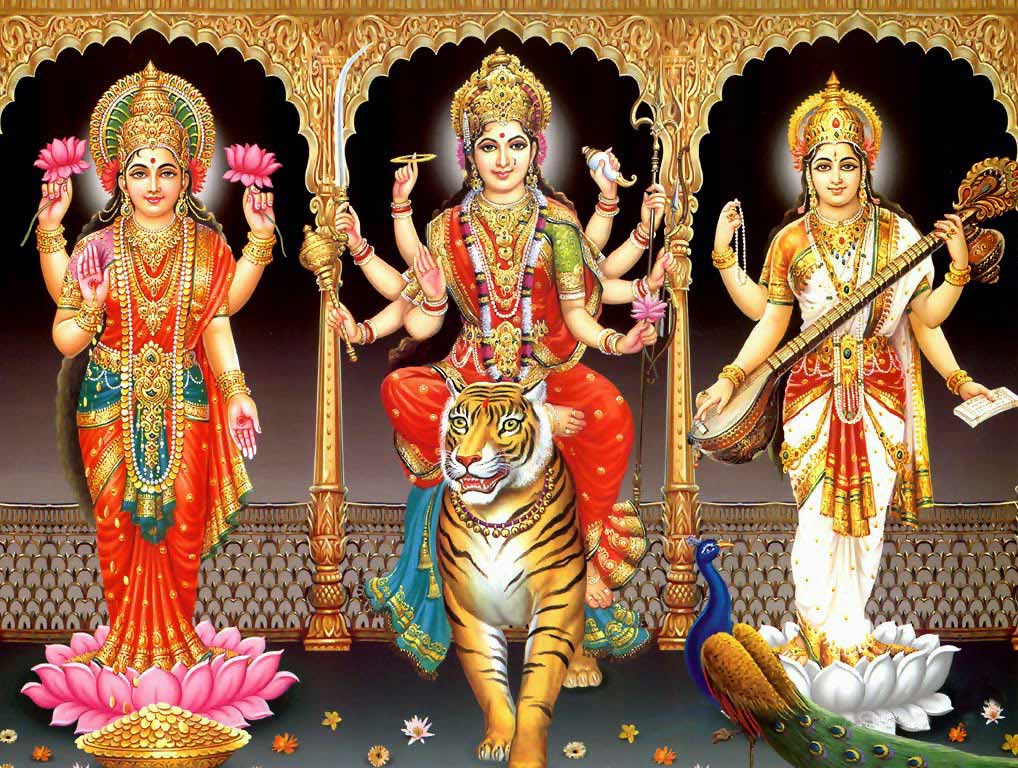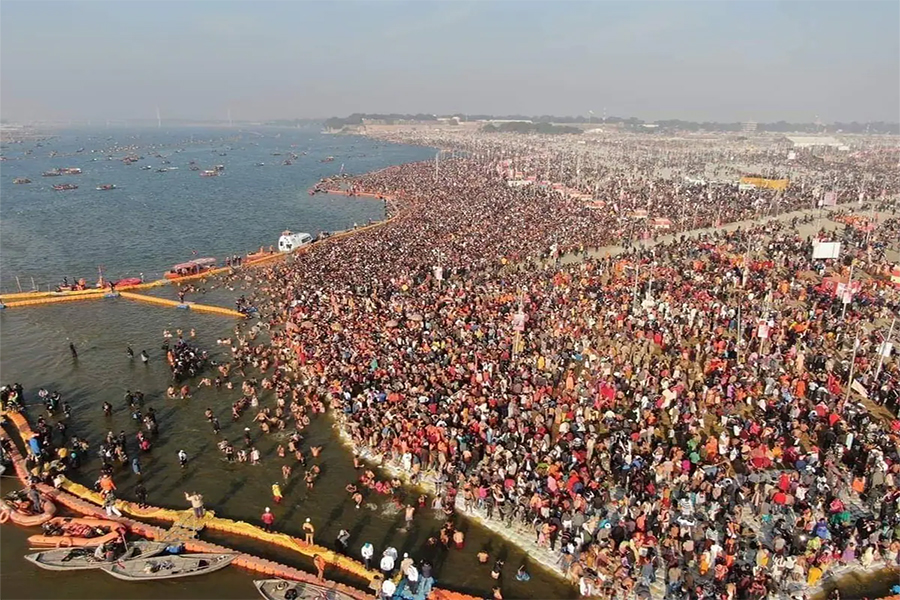Navaratri
Navaratri, meaning "Nine Nights" in Sanskrit, is one of the most vibrant and significant festivals celebrated across India and by Hindus worldwide. It honors the divine feminine energy, known as Shakti, in her various forms, symbolizing the victory of good over evil. The festival typically lasts for nine days, each day dedicated to a different manifestation of Goddess Durga. During this period, devotees engage in prayers, fasting, and various cultural activities, making Navaratri a time of spiritual reflection and joy.
The Significance of Navaratri
The essence of Navaratri lies in the worship of Goddess Durga, who represents power, purity, and moral excellence. The festival signifies the triumph of good over evil, as it commemorates Durga's victory over the buffalo demon Mahishasura, symbolizing the destruction of negative forces. Each day of Navaratri celebrates a different aspect of Durga, highlighting her virtues such as courage, compassion, and wisdom.
Navaratri is observed twice a year:
- Chaitra Navaratri in spring (March/April)
- Sharada Navaratri in autumn (September/October)
The more popular Sharada Navaratri falls in the Hindu lunar month of Ashwin, culminating with Dussehra or Vijayadashami, marking the defeat of Ravana by Lord Rama in another legendary tale of the victory of good over evil.
The Nine Days of Navaratri
Each day of Navaratri is associated with a different form of Goddess Durga, symbolizing the various stages of the universe's creation, preservation, and destruction. Here's a brief look at the deities worshipped over the nine days:
- Day 1 - Shailaputri: The daughter of the mountains, she symbolizes strength and resilience.
- Day 2 - Brahmacharini: The goddess of devotion and penance, representing spiritual strength.
- Day 3 - Chandraghanta: Symbolizing peace and tranquility, she is worshiped for protection from harm.
- Day 4 - Kushmanda: The creator of the universe, she is believed to bless her devotees with health and wealth.
- Day 5 - Skandamata: The mother of Kartikeya (Skanda), representing motherhood and nurturing love.
- Day 6 - Katyayani: A fierce form of Durga, she symbolizes courage and is worshiped for the removal of negativity.
- Day 7 - Kalaratri: The dark and destructive form of the goddess, she represents the destruction of ignorance and evil.
- Day 8 - Mahagauri: Symbolizing purity and calmness, she is worshiped for peace and spiritual enlightenment.
- Day 9 - Siddhidatri: The granter of wishes and the ultimate goddess of perfection, she is worshiped for spiritual and worldly achievements.
Rituals and Customs of Navaratri
Navaratri is marked by a wide range of religious and cultural practices that vary across regions. Some of the key rituals include:
-
Fasting and Prayers: Many devotees fast during the nine days, abstaining from grains, meats, and other regular foods to purify the body and mind. Special prayers are offered to the goddess, accompanied by chanting of mantras and recitation of scriptures such as the Durga Saptashati.
-
Dandiya and Garba: In the western states of Gujarat and Maharashtra, the evenings come alive with Garba and Dandiya dances, where people gather in colorful attire to dance in circles to the rhythmic beats of traditional music. These dances celebrate life, joy, and devotion to the goddess.
-
Altar Decoration and Kalash Sthapana: Many families set up an altar in their homes to invoke the goddess, often placing a kalash (sacred pot) filled with water, mango leaves, and a coconut at the top, symbolizing the presence of divine energy.
-
Kanya Pujan: On the eighth or ninth day, young girls (representing the nine forms of the goddess) are worshiped, offered food, and given gifts to honor the divine feminine energy.
Regional Variations of Navaratri
Though Navaratri is celebrated across India, the customs and festivities vary from region to region. In the north, Navaratri culminates with Ramlila, dramatic enactments of the story of Lord Rama's victory over Ravana, followed by the burning of giant effigies of Ravana on Dussehra. In the east, especially in West Bengal, Navaratri coincides with the grand Durga Puja, where intricately crafted idols of Goddess Durga are worshipped for five days before being immersed in water. Southern states like Karnataka and Tamil Nadu celebrate the festival with Golu, a display of dolls depicting mythological themes, while in Mysuru, the festival is marked by grand processions and royal festivities.
The Spiritual Essence of Navaratri
Beyond the rituals and customs, Navaratri is a time for inner reflection and spiritual rejuvenation. It represents the cyclical nature of life — birth, growth, and destruction — and the goddess Durga’s power to overcome inner demons such as ignorance, greed, and ego. Devotees seek the blessings of the goddess to overcome challenges in life and gain strength, wisdom, and prosperity.
Conclusion
Navaratri is more than just a festival — it’s a celebration of the divine feminine, spiritual power, and the victory of good over evil. Whether through fasting, dancing, or prayer, the essence of Navaratri lies in recognizing the power of Shakti within us and the world around us. As the festival concludes with the victory of Durga on Vijayadashami, it reminds us that with faith, courage, and devotion, we can triumph over any adversity in life.
Let this Navaratri bring light, peace, and strength to everyone! Jai Mata Di!





0 comments
Write a Reply or Comment